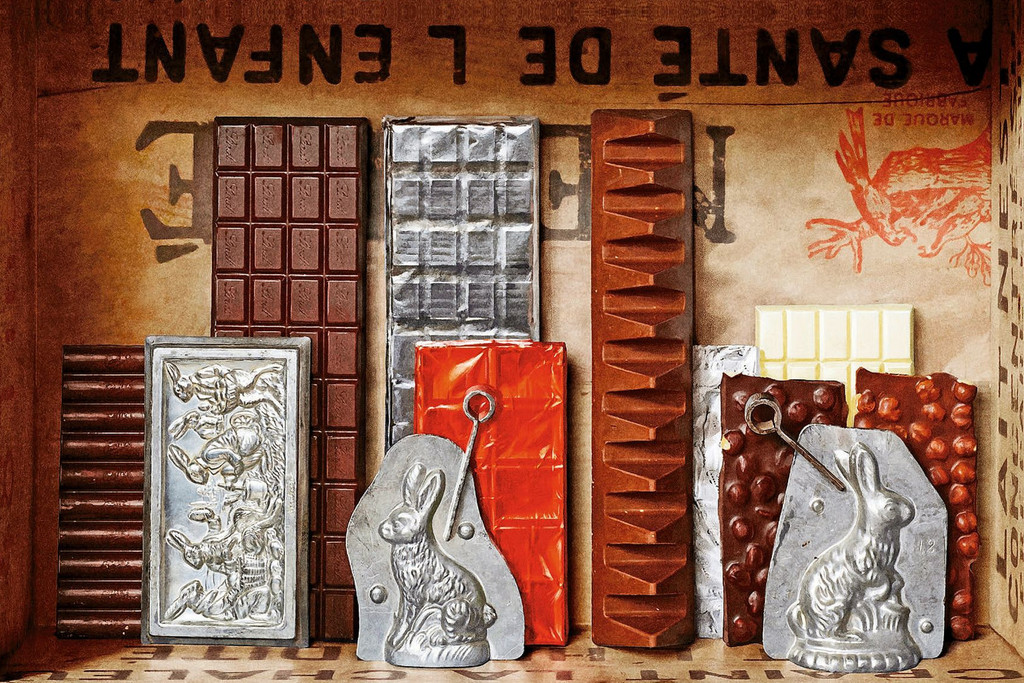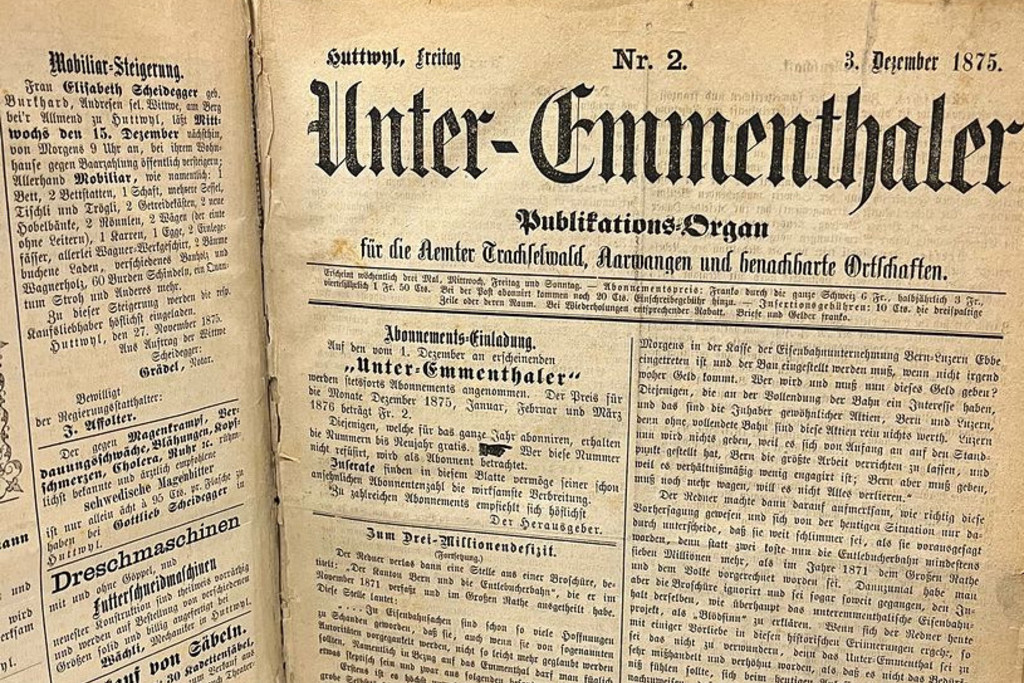The days of pirate radio when activists would install rogue antennas to access FM band are long gone. Today, radio is in the process of freeing itself from the constraints of the terrestrial network. On the one hand, all radio stations are available online which requires a paid-for connection. On the other, most stations no longer broadcast just in frequency modulation (FM), but also via a digital signal. This system is called Digital Audio Broadcasting (DAB). It ensures interference-free reception and textual and visual information can also be integrated, which represents a revolution.
This changeover has enabled the creation of an unprecedented Swiss radio eco-system, allowing small stations – often web radio channels – to access the airwaves. This peripheral network exists thanks to a small company called Digris SA, which has identified new opportunities in DAB. Based in Zurich, this start-up has developed a lightweight and affordable technology with the help of free airwaves campaigners. Adopting this approach, it obtained a licence from the Swiss Confederation in 2013. The small enterprise has become the most important non-commercial radio broadcaster in Switzerland. “It has 70 stations, which accounts for half of those which broadcast in DAB,” states Thomas Gilgen, CEO of this small company which enjoys a monopoly of the niche radio market, proudly.
Digris provides a service for accessing broadcasting which the stations find attractively priced. The subscription costs around 14,000 Swiss francs a year compared with 100,000 Swiss francs for a large operator such as Romandie Médias SA, which launched the first private DAB coverage in French-speaking Switzerland in 2014.
A national issue
Switzerland now has 3.5 million DAB-equipped devices, one million of which are in vehicles and this technology is an issue of national importance. The Swiss Confederation is supporting DAB through information campaigns and by funding for radio stations, which totalled 8 million Swiss francs in 2017, says René Wehrlin, Head of Digital Radio and Television at the Federal Office of Communications (OFCOM). “FM radio reception is obsolete. DAB increases access to the airwaves for radio stations and allows them to use a wide range of digital services,” he remarks. With better audio quality and lower costs, OFCOM believes there are plenty of arguments in favour of this new technology.
The federal government has said that the FM network will be abandoned in favour of DAB by 2024, and measures to enable this transition are already under way. In a nutshell, the government will not grant any new licences for analogue FM stations and will support all radio stations with the switchover to digital broadcasting. For a non-commercial radio station broadcasting via Digris, this means that 80 % of the subscription charges to the company’s DAB service are met by OFCOM. Radio stations can also receive financial support for the installation of digital studios. The “No Billag” initiative has highlighted the role of public support for cultural and local radio stations, according to the head of a small community station mentioned below.
Coverage in all tunnels
The change in radio broadcasting also affects the roads, and the Federal Roads Office plans to provide outstanding coverage nationwide for the one million cars fitted with DAB receivers. Eventually all tunnels longer than 300 metres – first on the motorways and then on the cantonal roads – will be equipped with transmitters. OFCOM indicates that the number will increase by 50 % overall by 2019. “This policy is mainly being carried out for safety reasons because in the event of a crisis situation the bandwidth dedicated to smartphones connected to radio via internet would soon be used up, while radio always remains accessible,” stresses René Wehrlin.
Back to small alternative radio stations which see access to the airwaves via DAB as a mark of recognition and a symbolic step. Radio Vostok, a community station in Geneva, only broadcast on the web. One of Digris’s clients since 2015, it has seen its listening figures double. “We decided to increase live broadcasting time which has risen from one to 12 hours a week,” says a satisfied Charles Menger, co-founder and permanent member of staff at Radio Vostok.
Listeners in Geneva or Berne now have access to a wide array of stations broadcasting in DAB (45 in Geneva) on their radios.
However, tests carried out in an apartment show that the reception of programmes broadcast by Digris seems less stable than that of commercial or public radio. “It’s to do with the output and distance of the transmitters,” says OFCOM. The CEO of Digris responds that he plans to increase the company’s broadcasting capability.
Restricted internet?
Thomas Gilgen believes a commercial battle is taking place behind the scenes of this technical revolution between public service broadcasting and major groups, and between DAB and the internet. “Smartphone manufacturers are currently refusing to integrate DAB reception capability into their devices despite computer chips making this possible. Unless political action is taken, within ten years every car and home will only receive internet radio via a smartphone and the internet industry will take control of radio frequency in Switzerland,” he says.
The issue is the “neutrality” of the internet, provision of which varies depending on connection quality and requires a contract with a service provider, whereas Billag funds unrestricted access to radio stations. René Wehrlin is aware of these issues but is not concerned about DAB being ousted by the web because he believes smartphone manufacturers and the major operators only have a limited interest in radio. Why is that? “It does not generate enough revenue,” he concludes.
DAB is 18 radio stations on a single frequency
Digital Audio Broadcasting technology enables channels to be packed into a single frequency where FM stations need space between frequencies to work. OFCOM notes that seven DAB frequencies are available to radio stations in Switzerland. Each of them can accommodate 18 stations which means scope for 126 channels in total. However, inside a home DAB is less attractive than FM because a radio requires the whole of the digital signal to work, unlike FM, which may be affected by interference but is still received. “At home, people will opt for internet radio via WiFi,” is the verdict of René Wehrlin, Head of Digital Radio at OFCOM.
Picture Digris’s technology and broadcasting system provides even small cultural and alternative radio stations with access to DAB. Photo Keystone











Comments